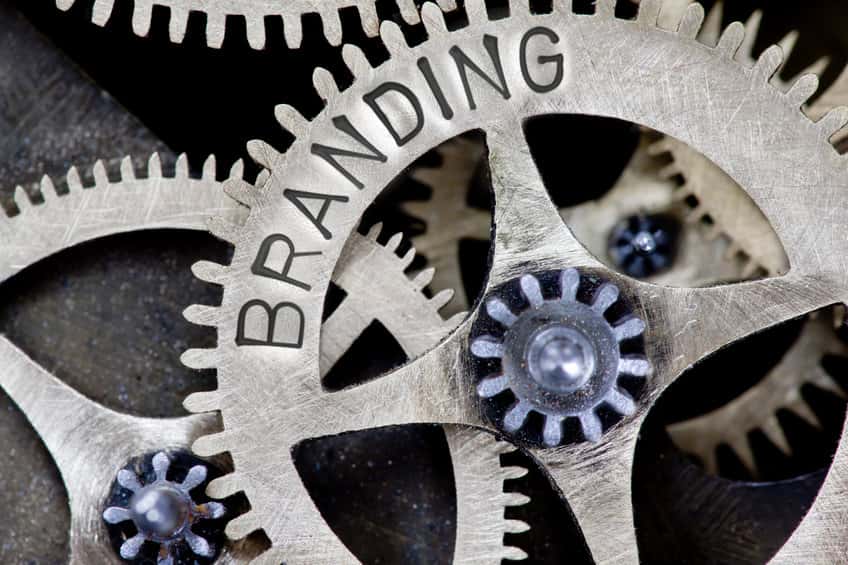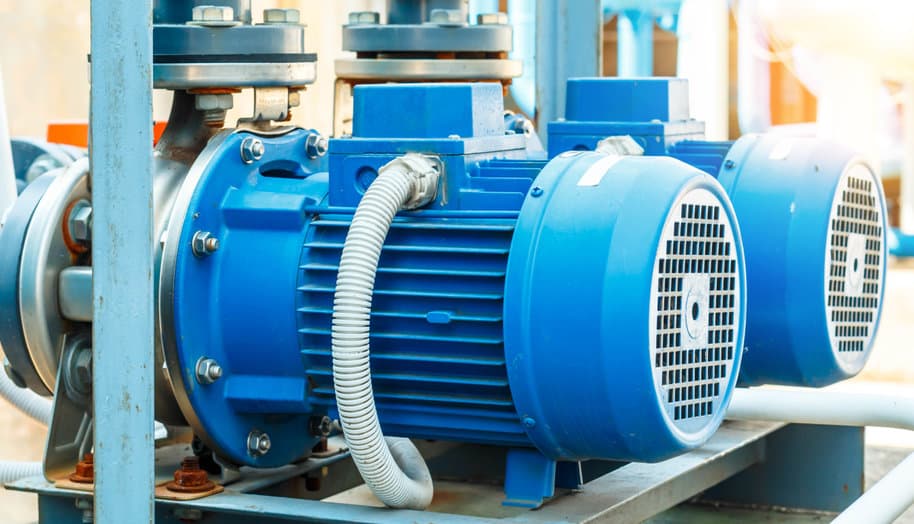Ceramic hybrid ball bearings offer consumers a number of benefits. Among them are the elimination of electrical arcing due to the ceramic’s non-conductive qualities—which is critical when used in conjunction with variable frequency drive (VFD) motor controllers—and lower levels of friction, resulting in more power, while producing less heat.
Another advantage of using ceramic hybrid ball bearings over their steel counterparts is that they tend to last longer. They’re also lighter and typically require less lubrication, making them more desirable in applications that involve high loads or speeds, or when temperatures soar outside the norm.
Yet, not all ceramic hybrid ball bearings are the same, as there is one factor that separates the “good” bearings from the “bad.” Quality.
When It Comes to Ceramic Hybrid Ball Bearings, Quality Matters
In regards to the reliability and performance of a ceramic hybrid ball bearing, the quality of the ball is EVERYTHING,”
explains Charlie Rowlett, founder of CBR Bearing. CBR Bearing specializes in providing ceramic hybrid ball bearings to professionals engaged in electric motor repair, offering same-day delivery to help reduce customer downtime.
Complicating the issue is the fact that the top quality balls visually look the same as the cheaper ones,”
Rowlett says. “I know of other companies building inferior ceramic bearings that aren’t aware of the differences, which is a problem for everyone.”
The issue with low quality ceramic hybrid ball bearings is that they can chip or fracture, sometimes failing completely. At a minimum, this can prevent the wheel from turning freely, adding stress to the hub, CV joint, axle, and transmission. Worst case scenario, the wheel will seize up entirely.
So, how can you tell the difference between ceramic hybrid ball bearings that are built to withstand the test of time and those that will essentially time out if you can’t rely on any type of visual cues?
Signs of High Quality Ceramic Hybrid Ball Bearings
This begins with looking at two key factors: the quality of the ceramic itself and the way in which the ceramic balls are manufactured.
For instance, solid silicon nitride balls are the top of the line when it comes to ceramic hybrid ball bearings. Why? According to research published in the Journal of Tribology, a publication offered by the American Society of Mechanical Engineering, when compared to conventional steel ball bearings, silicon nitride balls exhibit “30 to 50 percent less frictional loss at high speeds even with low-cost lubrication such as grease or oil-air.”
The manufacturing of these types of balls is quite complex, says Rowlett, adding that, though these are the only types of balls they use, “there are but a few factories in the world capable of producing bearing grade balls.”
The process of creating solid silicon nitride balls involves hot isostatic pressing, or HIP. HIP increases the balls’ density by simultaneously applying heat and pressure, making them more durable.
Won’t Ceramic Hybrid Ball Bearings Break Easily?
One concern that many have is whether ceramic hybrid ball bearings will easily break. This is understandable since other types of common, everyday ceramic items such as pottery and plates will frequently shatter if dropped or nicked. Yet, this also underscores the importance of the quality of the ball bearings you choose.
There are lower grade balls available, but they won’t hold up in ball bearing use and will fracture,”
says Rowlett. He adds that this type of fracturing has created “a black eye for the ceramic bearing market because the user then assumes ALL ceramic bearings are junk.”
Just how durable are the high-quality ceramic balls? If you take a silicon nitride ball and hit it with a sledgehammer, not only will it not shatter but it doesn’t even leave a mark. This shows how strong this particular material is, especially when other types of ceramic balls don’t fare so well and will typically shatter when put through the same type of test.
Choosing High Quality Ceramic Ball Bearings Starts with Education
Since most ceramic hybrid ball bearings look the same to the naked eye, educating yourself about how they’re made and what they’re made of is essential to selecting a product that will perform as intended for as long as it possibly can.
This involves choosing only ceramic hybrid ball bearings made with solid silicon nitride balls that have been manufactured via hot isostatic pressing procedures. Their strength and durability make them the “cream of the crop” in ceramic ball bearings today.










